
Maximizing Your Car's Aesthetics and Performance with the Right Body Kit Choices
In today's automotive market, the significance of aesthetics combined with performance cannot be overstated, particularly in the realm of modifications such as the Car Body Kit. According to a recent report by the Specialty Equipment Market Association (SEMA), 40% of car enthusiasts engage in aftermarket modifications to enhance their vehicle’s visual appeal and overall performance. A well-chosen body kit can not only transform the look of a car, giving it a more aggressive and sporty stance, but also improve aerodynamics, resulting in better handling and fuel efficiency.
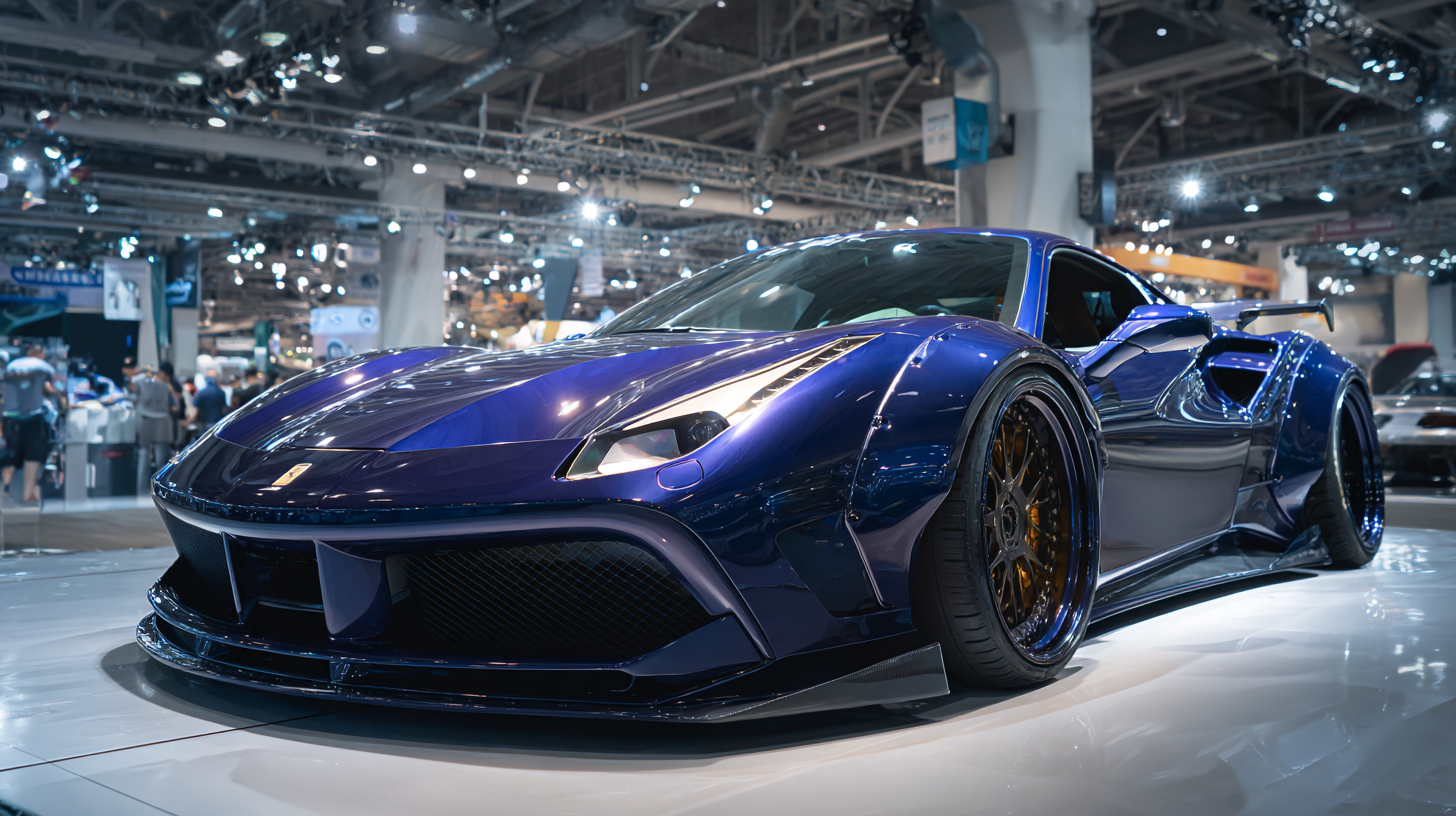
As automotive technology continues to evolve, the integration of lightweight materials and innovative designs in body kits contributes to weight reduction and increased performance. This informative guide will explore how selecting the right car body kit can maximize both the aesthetics and the performance of your vehicle, ensuring that you stand out on the road while benefiting from improved functionality.
Choosing the Perfect Body Kit: Factors to Consider for Aesthetics and Performance
When it comes to optimizing your car's aesthetics and performance, choosing the right body kit is essential. A body kit not only enhances the visual appeal of your vehicle but also impacts its aerodynamics and handling. Factors such as the material, design, and fitment of the body kit should be carefully considered. Lightweight materials like fiberglass or polyurethane can improve performance by reducing overall weight, while a well-designed kit can enhance downforce, thereby improving traction and stability at higher speeds.
For car enthusiasts on a budget, selecting a cost-effective car as a base for modifications is a smart strategy. Many budget-friendly models provide ample opportunities for customization without breaking the bank. These cars often have a robust aftermarket support, allowing owners to find a variety of body kits that suit both their aesthetic desires and performance needs. When making your selection, prioritize kits that complement the car’s original design and match your specific performance goals, ensuring a balanced enhancement to your driving experience.

Understanding Different Types of Body Kits and Their Benefits for Your Car
When it comes to enhancing your car's aesthetics and performance, choosing the right body kit is essential. Body kits come in various types, including front and rear bumpers, side skirts, hoods, and spoilers. Each kit serves a unique purpose that can significantly impact your vehicle's look and aerodynamics. For instance, a well-designed front bumper can improve airflow, enhancing engine cooling while giving a sporty appearance. Similarly, side skirts can help streamline the car's silhouette, improving stability at high speeds.
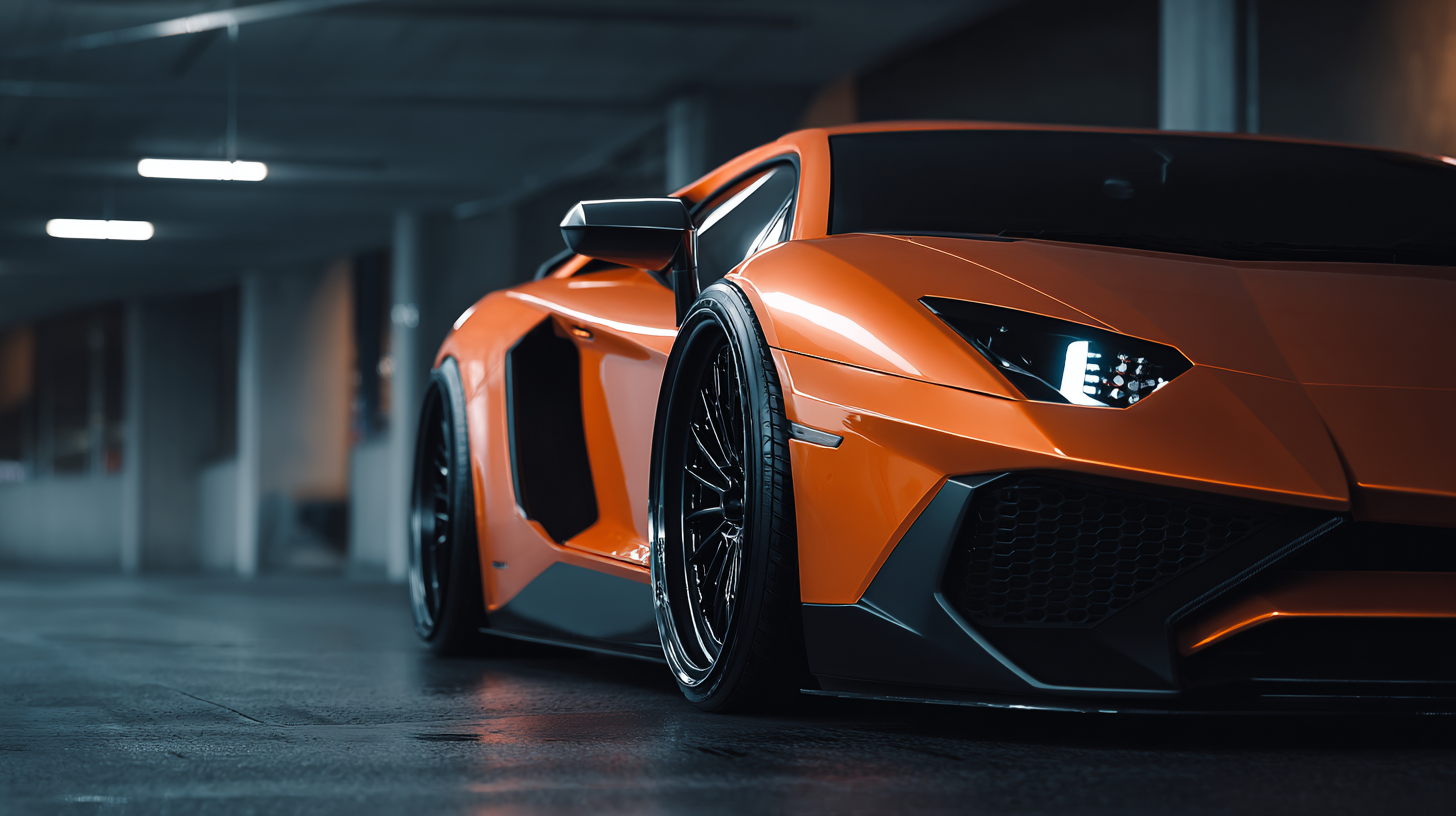
Tips: Before making a purchase, consider the material of the body kit. Fiberglass, polyurethane, and carbon fiber are common options, each with distinct weight, durability, and cost factors. Additionally, ensure that any kit you choose fits your vehicle perfectly to avoid installation headaches and performance issues.
Another important aspect to consider is the kit's compatibility with your existing modifications. If your car is equipped with aftermarket suspension or wheels, you need to ensure that the body kit integrates well without disrupting the overall balance. A cohesive setup not only looks great but also enhances driving dynamics, ensuring a smoother ride whether on the street or the track.
Material Matters: Evaluating Durability and Weight for Optimal Performance
When it comes to enhancing your car's aesthetics and performance, selecting the right body kit material is crucial. The durability and weight of materials like fiberglass, carbon fiber, and polyurethane can significantly impact both the look and functionality of your vehicle. According to a 2021 report by the Automotive Composite Materials Market, carbon fiber composites offer an impressive strength-to-weight ratio, being five times stronger than steel yet only a fraction of its weight. This property not only contributes to improved acceleration and braking but also enhances the car's handling by lowering the center of gravity.
Additionally, the choice of material affects the long-term performance and maintenance costs associated with body kits. A study conducted by the International Journal of Automotive Engineering found that while fiberglass kits are more affordable, they tend to be less durable than their carbon fiber counterparts, often requiring repairs or replacements within a few years. In contrast, carbon fiber kits, although initially pricier, can last significantly longer and withstand harsher conditions, ultimately providing better value over time. Thus, evaluating the durability and weight of body kit materials is essential for maximizing your vehicle's performance and longevity.
Installation Tips: Ensuring a Flawless Fit and Finish for Your Body Kit
When selecting a body kit for your car, it's crucial to ensure that the installation process is as seamless as possible. A flawless fit not only enhances the vehicle's aesthetics but also contributes to its overall performance. To achieve this, consider taking precise measurements and utilizing manufacturer specifications. It's advisable to consult with professionals or utilize detailed guides that provide step-by-step instructions tailored to your car model.
Furthermore, paying attention to the materials and tools used during installation can significantly affect the final outcome. Opt for high-quality components that resist wear and take the time to prepare the surfaces for adhesion adequately. This attention to detail will not only result in a polished appearance but also ensure that the body kit functions optimally, maintaining your car's performance while elevating its visual appeal. Prepare to turn heads on the road as you achieve the perfect balance of style and functionality.
Maintenance and Upkeep: Keeping Your Body Kit Looking Great and Functioning Well
Maintaining the aesthetics and performance of your car's body kit is essential to ensure it not only looks great but also functions optimally.
Regular cleaning is fundamental; using gentle automotive soap and soft cloths will prevent damage to the kit's surface. After washing, applying a quality wax can help protect the finish from environmental elements, maintaining that fresh, vibrant look. Additionally, routine inspections for any cracks or loose fittings will help address potential issues before they escalate, ensuring both safety and sustained performance.
Furthermore, proper care extends beyond mere aesthetics. Some body kits may require adjustments as they can be prone to wear, especially after exposure to harsh conditions. Utilizing protective coatings can offer an additional layer against scratches and discoloration. Regularly checking the alignment and stability of the kit can also play a vital role in ensuring that the components work together seamlessly, enhancing overall vehicle performance while keeping your car looking its best.
Prioritizing these maintenance steps not only enhances your driving experience but also contributes to the longevity of your investment.
Related Posts
-
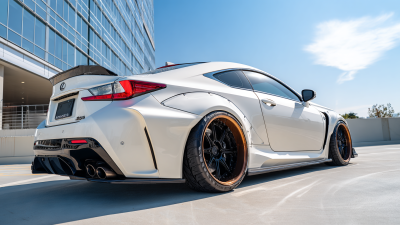
How Car Body Kits Can Transform Your Vehicle's Aesthetic Appeal and Performance
-
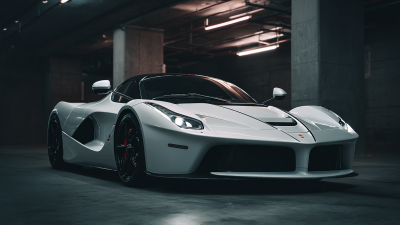
Ultimate Guide to Choosing the Perfect Car Bodikit for Your Vehicle
-

Unveiling the Top 5 Must-Have Car Bodikit Examples for Every Vehicle Enthusiast
-

The Future of Car Bodykits: Transforming Automotive Aesthetics and Performance
-

Unlocking the Power of Car Bodykits for Performance and Style Enhancements
-
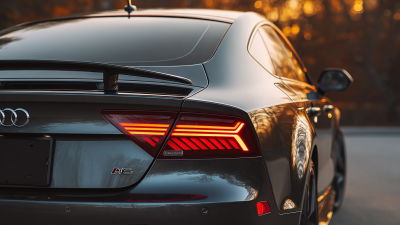
Understanding the Importance of Audi Rear Bumper Design: Safety, Style, and Impact



